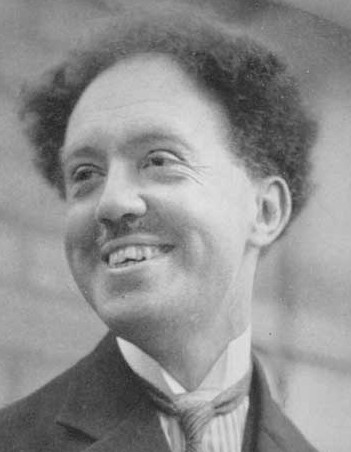| << Chapter < Page | Chapter >> Page > |
The earliest spectroscopy was first described by Marcus Marci von Kronland in 1648 by analyzing sunlight as is passed through water droplets and thus creating a rainbow. Further analysis of sunlight by William Hyde Wollaston ( [link] ) led to the discovery of black lines in the spectrum, which in 1820 Sir David Brewster ( [link] ) explained as absorption of light in the sun’s atmosphere.


Robert Bunsen ( [link] ) and Gustav Kirchhoff ( [link] ) studied the sodium spectrum and came to the conclusion that every element has its own unique spectrum that can be used to identify elements in the vapor phase. Kirchoff further explained the phenomenon by stating that if a material can emit radiation of a certain wavelength, that it may also absorb radiation of that wavelength. Although Bunsen and Kirchoff took a large step in defining the technique of atomic absorption spectroscopy (AAS), it was not widely utilized as an analytical technique except in the field of astronomy due to many practical difficulties.


In 1953, Alan Walsh ( [link] ) drastically improved the AAS methods. He advocated AAS to many instrument manufacturers, but to no avail. Although he had improved the methods, he hadn’t shown how it could be useful in any applications. In 1957, he discovered uses for AAS that convinced manufactures market the first commercial AAS spectrometers. Since that time, AAS's popularity has fluctuated as other analytical techniques and improvements to the methods are made.
In order to understand how atomic absorption spectroscopy works, some background information is necessary. Atomic theory began with John Dalton ( [link] ) in the 18 th century when he proposed the concept of atoms, that all atoms of an element are identical, and that atoms of different elements can combine to form molecules. In 1913, Niels Bohr ( [link] ) revolutionized atomic theory by proposing quantum numbers, a positively charged nucleus, and electrons orbiting around the nucleus in the what became known as the Bohr model of the atom . Soon afterward, Louis deBroglie ( [link] ) proposed quantized energy of electrons, which is an extremely important concept in AAS. Wolfgang Pauli ( [link] ) then elaborated on deBroglie’s theory by stating that no two electrons can share the same four quantum numbers. These landmark discoveries in atomic theory are necessary in understanding the mechanism of AAS.




Notification Switch
Would you like to follow the 'Physical methods in chemistry and nano science' conversation and receive update notifications?